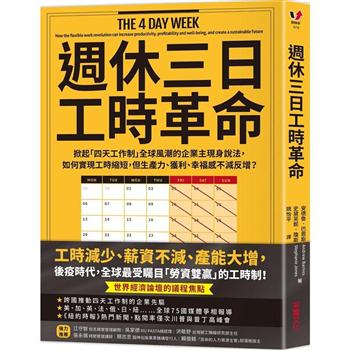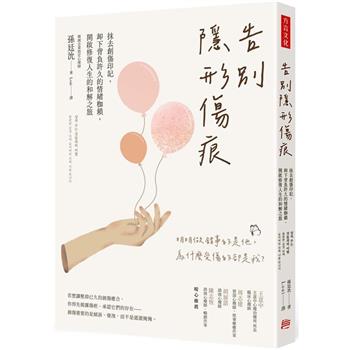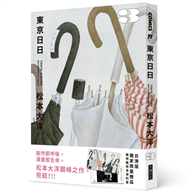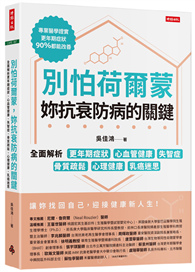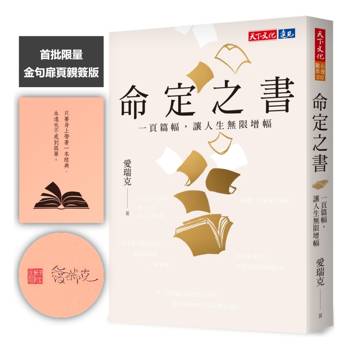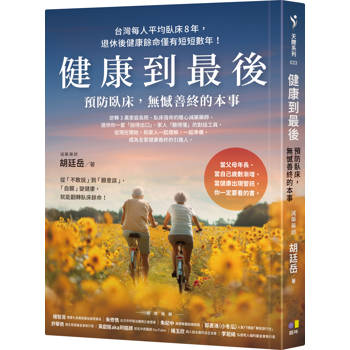| FindBook |
有 3 項符合
Asian Aspects of Periodontology and Implantology的圖書 |
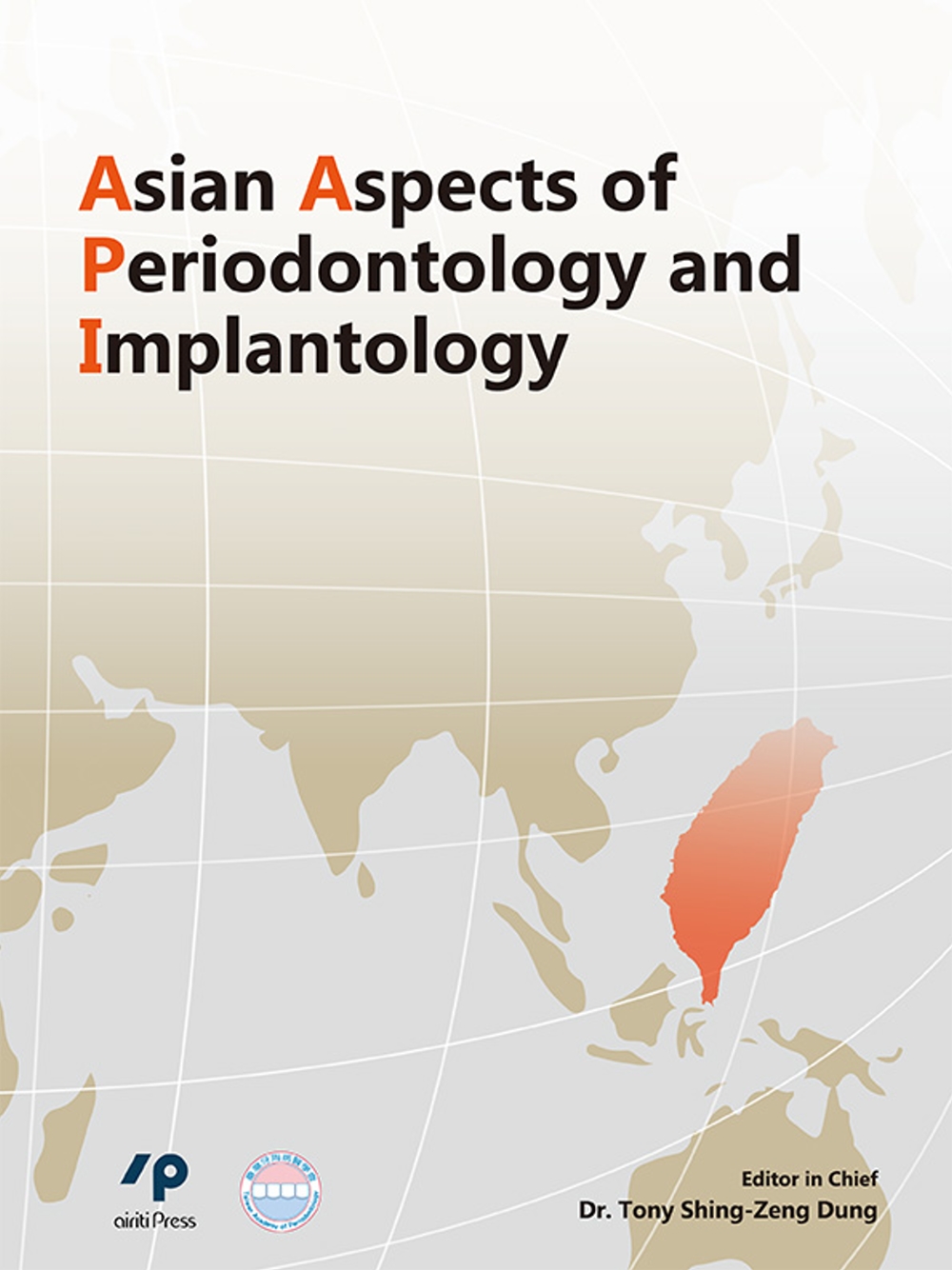 |
Asian Aspects of Periodontology and Implantology 作者:董醒任(Tony Shing-Zeng Dung) 出版社:Airiti Press Inc. 出版日期:2017-10-01 語言:英文 規格:平裝 / 354頁 / 21 x 28 x 1.77 cm / 普通級/ 單色印刷 / 初版 |
| 圖書館借閱 |
| 國家圖書館 | 全國圖書書目資訊網 | 國立公共資訊圖書館 | 電子書服務平台 | MetaCat 跨館整合查詢 |
| 臺北市立圖書館 | 新北市立圖書館 | 基隆市公共圖書館 | 桃園市立圖書館 | 新竹縣公共圖書館 |
| 苗栗縣立圖書館 | 臺中市立圖書館 | 彰化縣公共圖書館 | 南投縣文化局 | 雲林縣公共圖書館 |
| 嘉義縣圖書館 | 臺南市立圖書館 | 高雄市立圖書館 | 屏東縣公共圖書館 | 宜蘭縣公共圖書館 |
| 花蓮縣文化局 | 臺東縣文化處 |
|
|
圖書介紹 - 資料來源:博客來 評分:
圖書名稱:Asian Aspects of Periodontology and Implantology
內容簡介
To determine the most suitable periodontal and dental implant therapies for the Asian, this book explores the cultural differences and the diversity in body constitution between the East and the West. Through providing professional literature reviews and the analyses of clinical cases, this book presents the most reliable results conducted by experts and specialist teams in various fields.
作者介紹
作者簡介
Tony Shing-Zeng Dung
Taipei Tzu Chi Hospital, Buddhist Tzu Chi Medical Foundation
No. 289, Jianguo Rd., Xindian Dist., New Taipei City 231, TAIWAN
tonyangela0103@gmail.com
Tony Shing-Zeng Dung
Taipei Tzu Chi Hospital, Buddhist Tzu Chi Medical Foundation
No. 289, Jianguo Rd., Xindian Dist., New Taipei City 231, TAIWAN
tonyangela0103@gmail.com
目錄
i Preface I
ii Preface II
iii Preface III
Introduction and Epidemiology
001 Chapter 1 Asian Aspects of Periodontology and Implantology: An Overview
021 Chapter 2 Periodontology in the East and West: A Statistical Perspective
027 Chapter 3 Classifi cation and Screening of Periodontal and Peri-Implant Diseases: Asian Aspects
043 Chapter 4 Periodontal Disease and Its Challenge in Taiwan
059 Chapter 5 The Prevalence of Periodontitis and Diabetes Status in Taiwan and an East-West Epidemiological Literature Review
The Host and Parasites
079 Chapter 6 Gene Polymorphisms in Periodontitis in a Taiwan Population
105 Chapter 7 Microbial Factors in the Pathogenesis of Periodontal Disease
Hard Tissue Anatomy
121 Chapter 8 Variations in Dental Morphology among Asians: Periodontal Considerations
149 Chapter 9 Morphological Variations in the Mandibular Molars of Asians: Endodontic and Periodontal Considerations
159 Chapter 10 Hard Tissue Changes during Implant Therapy
177 Chapter 11 Surgical Anatomy on Implant Therapy in Asian Populations
195 Chapter 12 Eastern and Western Studies of Interdental Cortical Bone Thickness Receiving Temporary Anchorage Devices
Soft Tissue Anatomy
209 Chapter 13 A Comparison of the Mucosal Thickness of the Hard Palate between Eastern and Western Populations
221 Chapter 14 Interdental Papilla Recession: A Literature Review and a Comparison of Eastern and Western Studies
231 Chapter 15 Periodontics and Implant Aesthetics: Asian Aspects
Clinical Practice
251 Chapter 16 Mandibular First Molar Distolingual Roots and the Management of Furcation Defects: An Asian Perspective
265 Chapter 17 Periodontal Tissue Regeneration Therapy: A Literature Review and Cases Discussion
279 Chapter 18 Variations of Periodontal Regenerative Therapy with Bioabsorbable Membranes in Taiwan (Chinese Han) Population
293 Chapter 19 Injury to the Periodontium Due to Occlusal Trauma
303 Chapter 20 Pre-Operative Risk Assessment when Carrying out Immediate Implantation into the Posterior Mandible and Anterior Aesthetic Zone
325 Chapter 21 Legal Considerations in Periodontal Therapy: Comparisons between U.S. and Taiwan
339 Chapter 22 Women as Periodontal Patients: Are There Any Gender Differences?
ii Preface II
iii Preface III
Introduction and Epidemiology
001 Chapter 1 Asian Aspects of Periodontology and Implantology: An Overview
021 Chapter 2 Periodontology in the East and West: A Statistical Perspective
027 Chapter 3 Classifi cation and Screening of Periodontal and Peri-Implant Diseases: Asian Aspects
043 Chapter 4 Periodontal Disease and Its Challenge in Taiwan
059 Chapter 5 The Prevalence of Periodontitis and Diabetes Status in Taiwan and an East-West Epidemiological Literature Review
The Host and Parasites
079 Chapter 6 Gene Polymorphisms in Periodontitis in a Taiwan Population
105 Chapter 7 Microbial Factors in the Pathogenesis of Periodontal Disease
Hard Tissue Anatomy
121 Chapter 8 Variations in Dental Morphology among Asians: Periodontal Considerations
149 Chapter 9 Morphological Variations in the Mandibular Molars of Asians: Endodontic and Periodontal Considerations
159 Chapter 10 Hard Tissue Changes during Implant Therapy
177 Chapter 11 Surgical Anatomy on Implant Therapy in Asian Populations
195 Chapter 12 Eastern and Western Studies of Interdental Cortical Bone Thickness Receiving Temporary Anchorage Devices
Soft Tissue Anatomy
209 Chapter 13 A Comparison of the Mucosal Thickness of the Hard Palate between Eastern and Western Populations
221 Chapter 14 Interdental Papilla Recession: A Literature Review and a Comparison of Eastern and Western Studies
231 Chapter 15 Periodontics and Implant Aesthetics: Asian Aspects
Clinical Practice
251 Chapter 16 Mandibular First Molar Distolingual Roots and the Management of Furcation Defects: An Asian Perspective
265 Chapter 17 Periodontal Tissue Regeneration Therapy: A Literature Review and Cases Discussion
279 Chapter 18 Variations of Periodontal Regenerative Therapy with Bioabsorbable Membranes in Taiwan (Chinese Han) Population
293 Chapter 19 Injury to the Periodontium Due to Occlusal Trauma
303 Chapter 20 Pre-Operative Risk Assessment when Carrying out Immediate Implantation into the Posterior Mandible and Anterior Aesthetic Zone
325 Chapter 21 Legal Considerations in Periodontal Therapy: Comparisons between U.S. and Taiwan
339 Chapter 22 Women as Periodontal Patients: Are There Any Gender Differences?
序
推薦序
Our patients are citizens of the world. All of us have unique origins. The authors aptly provide differences with ethnic derivation relating to intraoral osseous and soft tissue morphology. However, they also point out variations that exist due to diverse cultural backgrounds, precision genomic characteristics, access to care, and a myriad of confounding issues challenge us to provide the best therapy for our patients. Leaving no stone unturned, differences in education, governmental regulations, and legal interpretations were also reviewed. All the above impact how we treat our patients in the chair.
Another challenge in the future will be providing access to care for our most vulnerable populations. In 2017, The Asia-Pacific Forum on Sustainable Development produced a report that outlined challenges and recommendations for inclusive and sustainable management or urbanization. Widening gaps for the poor, elderly, and migrants will occur with the approximately 400 million people living in poverty in Asia and the Pacific if the inequality is not addressed. This problem is not unique to Asia, however. It is a world-wide issue of concern.
Congratulations to the authors and editors of this unique text. Understanding the differences (and similarities) of our Asian patients will help clinicians, educators, students, researchers, and all members of the dental team, to provide enhanced periodontal and implant therapy for our patients. This provides greater insight for our Asian patients to individualize diagnosis, treatment planning, and patient management. We are better for our patients only if we are continual learners.
Joan Otomo-Corgel, DDS, MPH, FACD, FICD
Associate Clinical Professor, UCLA School of Dentistry, Dept. of Periodontics
Past President, American Academy of Periodontology
Taiwan Academy of Periodontology has been founded for 30 years. Dr. Tony Deng, the chief-editor of the Journal of the Taiwan Academy of Periodontology has devoted not only in the publications of regular papers, but also in executing of a specific issue (An Asian Aspect of Periodontology and Implantology) in Chinese and English. This issue emphasizes the aspects of oriental (Chinese) in periodontology and implantology, since there are many ethnic considerations in daily dental practice including the pathogenesis/microbiology, the genetic components and esthetic concepts etc. The English edition provides the international dentists with contemporary knowledge necessary to achieve the essential goal of practicing periodontics and implatology. The collection of updated contents and detailed clinical images provides the basis for understanding and application of modern periodontal treatment and implant therapy. It is our hope that dentists will find the materials to be a useful tool as they work through this newest edition and prepare for clinical practice.
This issue is grounded in evidence-based practice as it relates to the treatment of gingival and periodontal diseases, and placement of dental implants in oriental individuals. The chapters progress in sections from essential background information, through the foundations of therapy assessment of diseases and conditions, treatment of diseases and conditions, and the results of therapy. Throughout this sequence of question, the authors have collected and evaluated the best available evidence to support the information presented in every chapter.
This issue has provided the reader with an integrated presentation of facts, analysis of contemporary data, and patients’ treatment requiring periodontal and implant cares.
The half-life of scientific data is thought to be five years or less, with practice and experience in the profession, we shall be prepared to incorporate evidence-based information in the practice of periodontology and implatology.
Chi-Cheng Tsai, DDS, PhD
Professor Emeritus, Chung Shan Medical University
President of the Taiwan Academy of Periodontology (1995 ~ 1997)
The first dean of the College of Dental Medicine, Kaohsiung Medical University
Time passes quickly and this year is the 30th anniversary of the Taiwan Academy of Periodontology. Since we initiated the Academy, our knowledge of periodontology has grown to a tremendous degree. Not such a long time ago, I was invited to give a lecture on implantology. In anticipation, I opened the first edition of the textbook Clinical Periodontology written by Jan Lindhe; its content was so different to the latest editions. The name of the book has now changed to Clinical Periodontology and Implant Dentistry and the content on implant dentistry has become a major part of the book. Basic knowledge regarding periodontology and implantology has accumulated and increased but without significant modifications.
Four years ago our academy issued an edition of this book in Chinese. Since then there have been some concepts that have been modified and updated and there is now good scientific evidence on periodontitis patients and their therapy that links the disease in oriental populations and the disease in western populations. Nevertheless there are some unique clinical features that we in Taiwan face in our daily practice. These include the thin periodontium biotype, a comparatively short root length, a relatively narrow ridge and the protruding pre-maxilla, all of which are more prevalent in oriental individuals. Based on these differences, we have collected updated information on current periodontology and implantology, republished this book four years later and also issued the latest English edition. I would like to thank the efforts of the editor-in-chief Dr. Tony Shing-Zeng Dung and what has been achieved. I would also like to thank the many editors and clinicians who have contributed their knowledge and time to this book. In this I represent all members of our Academy when I say thanks everyone of you and a happy 30th anniversary to the Taiwan Academy of Periodontology. I hope this book will impress all of you and that the knowledge in it will be helpful as you practice during your dental career.
Shih-Jung Lin
President of Taiwan Academy of Periodontology
October, 2017
Our patients are citizens of the world. All of us have unique origins. The authors aptly provide differences with ethnic derivation relating to intraoral osseous and soft tissue morphology. However, they also point out variations that exist due to diverse cultural backgrounds, precision genomic characteristics, access to care, and a myriad of confounding issues challenge us to provide the best therapy for our patients. Leaving no stone unturned, differences in education, governmental regulations, and legal interpretations were also reviewed. All the above impact how we treat our patients in the chair.
Another challenge in the future will be providing access to care for our most vulnerable populations. In 2017, The Asia-Pacific Forum on Sustainable Development produced a report that outlined challenges and recommendations for inclusive and sustainable management or urbanization. Widening gaps for the poor, elderly, and migrants will occur with the approximately 400 million people living in poverty in Asia and the Pacific if the inequality is not addressed. This problem is not unique to Asia, however. It is a world-wide issue of concern.
Congratulations to the authors and editors of this unique text. Understanding the differences (and similarities) of our Asian patients will help clinicians, educators, students, researchers, and all members of the dental team, to provide enhanced periodontal and implant therapy for our patients. This provides greater insight for our Asian patients to individualize diagnosis, treatment planning, and patient management. We are better for our patients only if we are continual learners.
Joan Otomo-Corgel, DDS, MPH, FACD, FICD
Associate Clinical Professor, UCLA School of Dentistry, Dept. of Periodontics
Past President, American Academy of Periodontology
Taiwan Academy of Periodontology has been founded for 30 years. Dr. Tony Deng, the chief-editor of the Journal of the Taiwan Academy of Periodontology has devoted not only in the publications of regular papers, but also in executing of a specific issue (An Asian Aspect of Periodontology and Implantology) in Chinese and English. This issue emphasizes the aspects of oriental (Chinese) in periodontology and implantology, since there are many ethnic considerations in daily dental practice including the pathogenesis/microbiology, the genetic components and esthetic concepts etc. The English edition provides the international dentists with contemporary knowledge necessary to achieve the essential goal of practicing periodontics and implatology. The collection of updated contents and detailed clinical images provides the basis for understanding and application of modern periodontal treatment and implant therapy. It is our hope that dentists will find the materials to be a useful tool as they work through this newest edition and prepare for clinical practice.
This issue is grounded in evidence-based practice as it relates to the treatment of gingival and periodontal diseases, and placement of dental implants in oriental individuals. The chapters progress in sections from essential background information, through the foundations of therapy assessment of diseases and conditions, treatment of diseases and conditions, and the results of therapy. Throughout this sequence of question, the authors have collected and evaluated the best available evidence to support the information presented in every chapter.
This issue has provided the reader with an integrated presentation of facts, analysis of contemporary data, and patients’ treatment requiring periodontal and implant cares.
The half-life of scientific data is thought to be five years or less, with practice and experience in the profession, we shall be prepared to incorporate evidence-based information in the practice of periodontology and implatology.
Chi-Cheng Tsai, DDS, PhD
Professor Emeritus, Chung Shan Medical University
President of the Taiwan Academy of Periodontology (1995 ~ 1997)
The first dean of the College of Dental Medicine, Kaohsiung Medical University
Time passes quickly and this year is the 30th anniversary of the Taiwan Academy of Periodontology. Since we initiated the Academy, our knowledge of periodontology has grown to a tremendous degree. Not such a long time ago, I was invited to give a lecture on implantology. In anticipation, I opened the first edition of the textbook Clinical Periodontology written by Jan Lindhe; its content was so different to the latest editions. The name of the book has now changed to Clinical Periodontology and Implant Dentistry and the content on implant dentistry has become a major part of the book. Basic knowledge regarding periodontology and implantology has accumulated and increased but without significant modifications.
Four years ago our academy issued an edition of this book in Chinese. Since then there have been some concepts that have been modified and updated and there is now good scientific evidence on periodontitis patients and their therapy that links the disease in oriental populations and the disease in western populations. Nevertheless there are some unique clinical features that we in Taiwan face in our daily practice. These include the thin periodontium biotype, a comparatively short root length, a relatively narrow ridge and the protruding pre-maxilla, all of which are more prevalent in oriental individuals. Based on these differences, we have collected updated information on current periodontology and implantology, republished this book four years later and also issued the latest English edition. I would like to thank the efforts of the editor-in-chief Dr. Tony Shing-Zeng Dung and what has been achieved. I would also like to thank the many editors and clinicians who have contributed their knowledge and time to this book. In this I represent all members of our Academy when I say thanks everyone of you and a happy 30th anniversary to the Taiwan Academy of Periodontology. I hope this book will impress all of you and that the knowledge in it will be helpful as you practice during your dental career.
Shih-Jung Lin
President of Taiwan Academy of Periodontology
October, 2017
|

